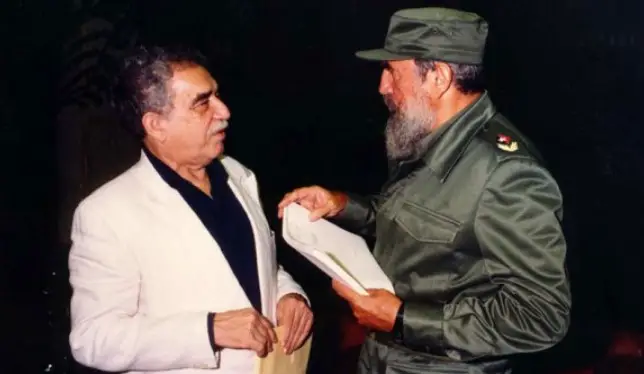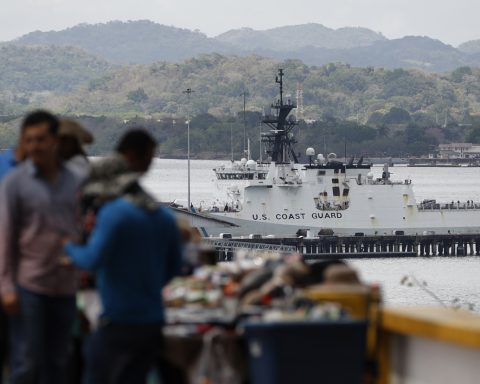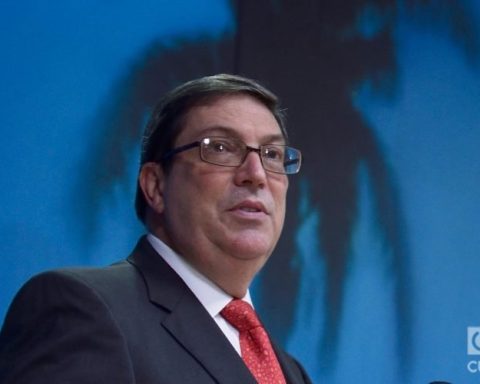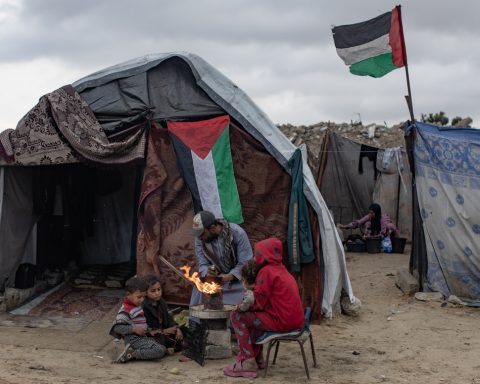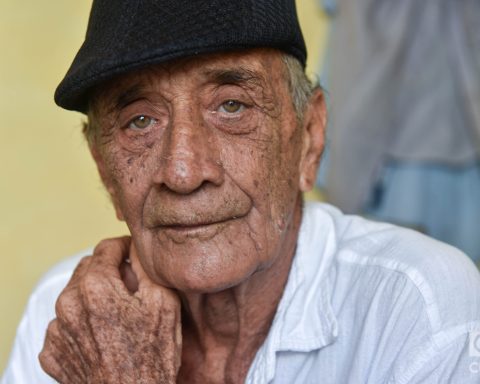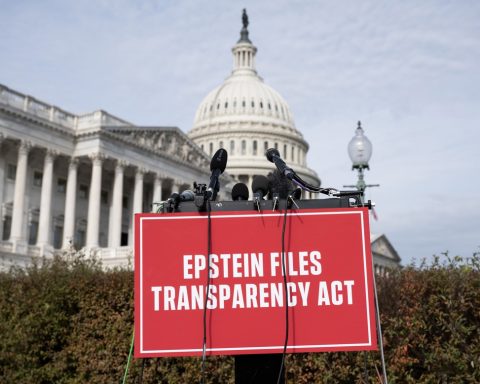Havana Cuba. —Who did not sail with García Márquez on the Magdalena River, shuddered when they saw the ice for the first time, felt growing old full of love, knew that Santiago Nassar was going to die or felt prepared for a kidnapping? Who, without being a colonel, waited for the arrival of his pension every Friday? Who understood that the demystification of the General, when he is in his labyrinth, is glory?
The magic of the writer and the artist is there, in opening the understanding to the world, in making it plural… So, why do some notable writers and artists love tyrants and dictators, sociopaths and drug traffickers, and surrendered to them, become their Correveidiles, in pimps without alcove? Are they not responsible for their personal loves? Can’t contain themselves?
March 6 marks the 96th anniversary of the birth in Aracataca, Colombia, of Gabriel García Márquez.
García Márquez would mark our world with his prose and imagination. He sealed the boom in Latin American literature with the marvelous reality introduced by his predecessor, the Cuban Alejo Carpentier, and transcended by elevating the most humble stories to infinity.
Like few other artists and writers, Garcia Márquez took advantage of and prolonged his moments of happiness by exhibiting his smiling photos with the dictator Fidel Castro, an abusive cacique, destroyer of the Cuban nation. García Márquez took advantage of the moment of immortality promised by Andy Warhol at the side of the demiurge of left-wing tyrannies on the continent.
The photos where he appeared with the Commander, the author of one hundred years of solitude He displayed them next to his family’s in a preferred place in his home, such as his desk or bookcase; or they were kept in the drawer where he threw away the ones made in Varadero, during their days fishing together.
García Márquez’s admiration for the Cuban dictator was also shared by models Kate Moss and Naomi Campbell, who expressed their satisfaction at meeting a wonderful guy, who didn’t even pay court to them. Also actor Jack Nicholson, who capitulated to the charms of a dictator, going to bed as late as him, and later describing Fidel’s Cuba as a paradise. And the extraordinary musician Jean-Michel Jarre, who was enthusiastic about the idea of dedicating a concert in front of the image of Ernesto Guevara in the Plaza de la Revolución, in 1989, for the 40th anniversary of the establishment of the Castro dictatorship. And Kevin Costner and Arnold Schwarzenegger also fell in love, who agreed that a dictator with a country with such good cigars shouldn’t be so bad… Can you be more indecent?
One night, sitting in front of the remains of a gargantuan Christmas banquet, in his house in El Laguito, west of Havana, García Márquez would recall his lineage as a storyteller by associating the dictator Fidel Castro with a young man who kicked a typewriter in in the midst of the Bogotazo riots the day Gaitán was killed and Colombia and the continent were shaken.
On that night of eating at El Laguito, García Márquez turned the insipid participation in the Bogotazo of the “young leader of Ibero-America” into heroic, as he defined Francisco Francoanother dictator, to Fidel Castro.
Left-wing intellectuals like Atilio Boron, Pascual Serrano, Ignacio Ramonet, and Miguel Bonasso knelt before dictators like Fidel Castro, Omar Torrijos, Daniel Ortega, and Hugo Chávez, and criticized writers like Mario Vargas Llosa, Milán Kundera, and Arthur Koestler for defending democracy and human rights.
What was the murky path that led the invaluable talent of Gabriel García Márquez from Aracataca to El Laguito, passing through the Nobel Prize, to end his life as a courtier of a cruel insular tyranny?
Poor Garcia Márquez, so much talent invested in a line of tyrants condemned to a thousand years of solitude!
OPINION ARTICLE
The opinions expressed in this article are the sole responsibility of the person who issues them and do not necessarily represent the opinion of CubaNet.
